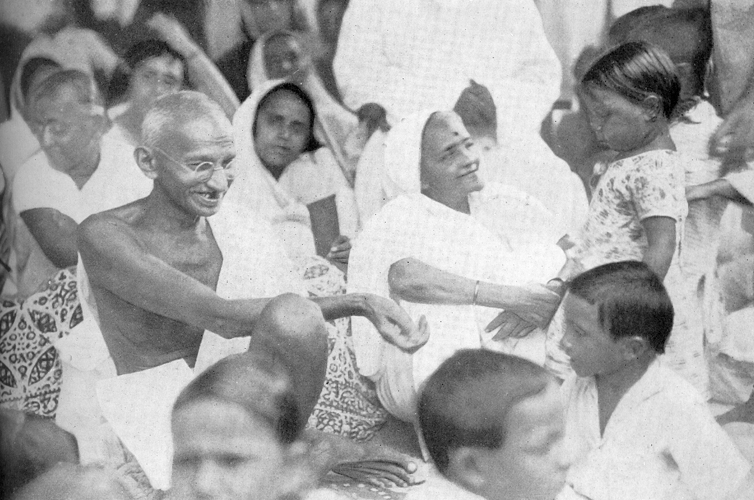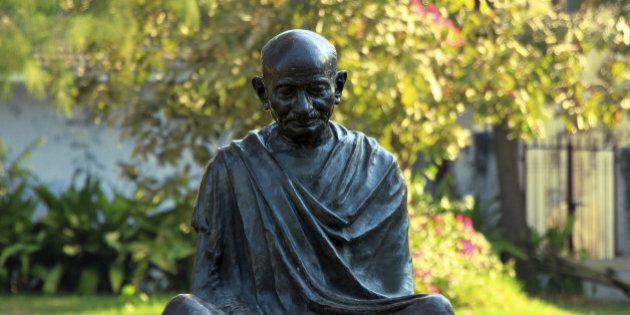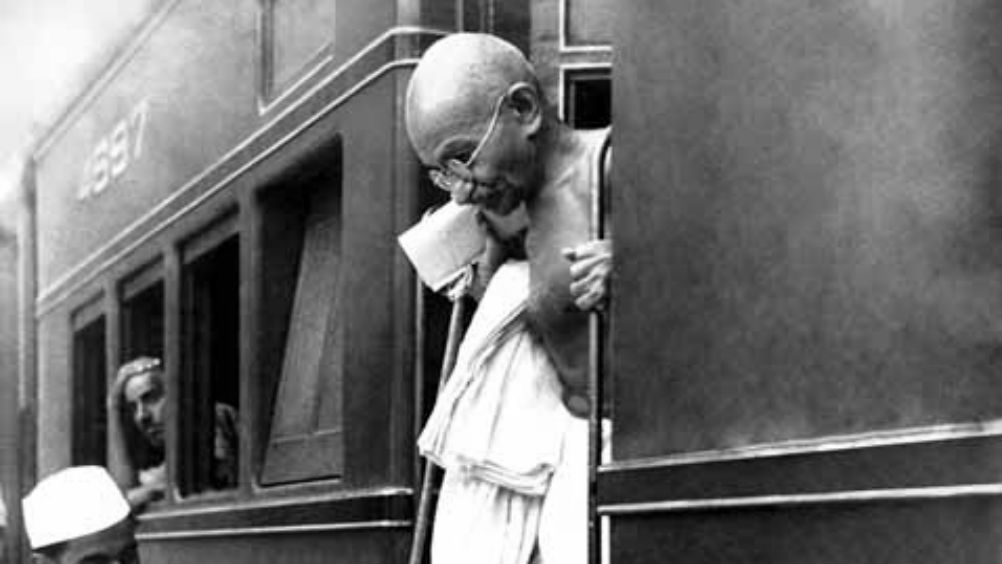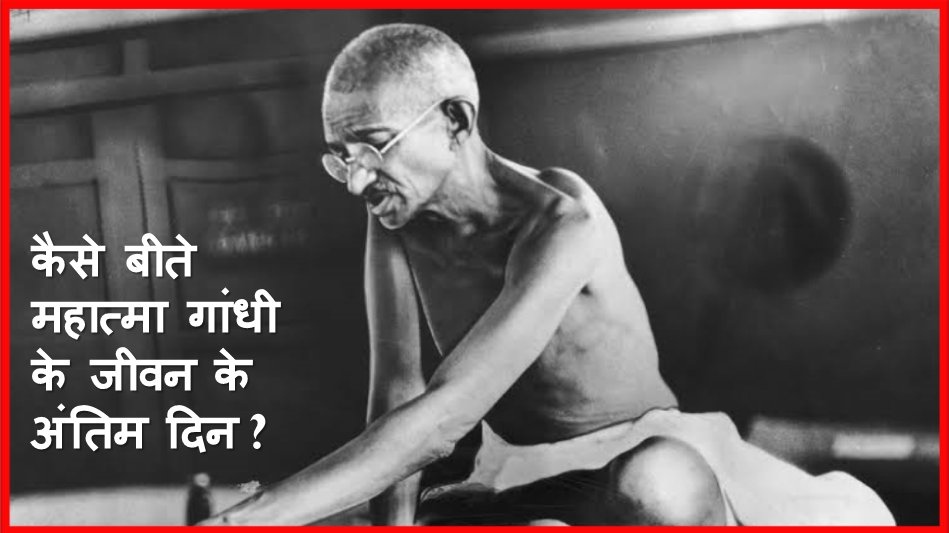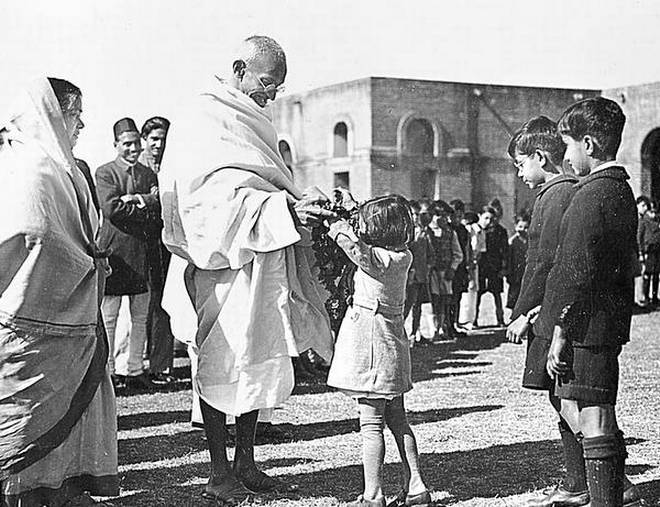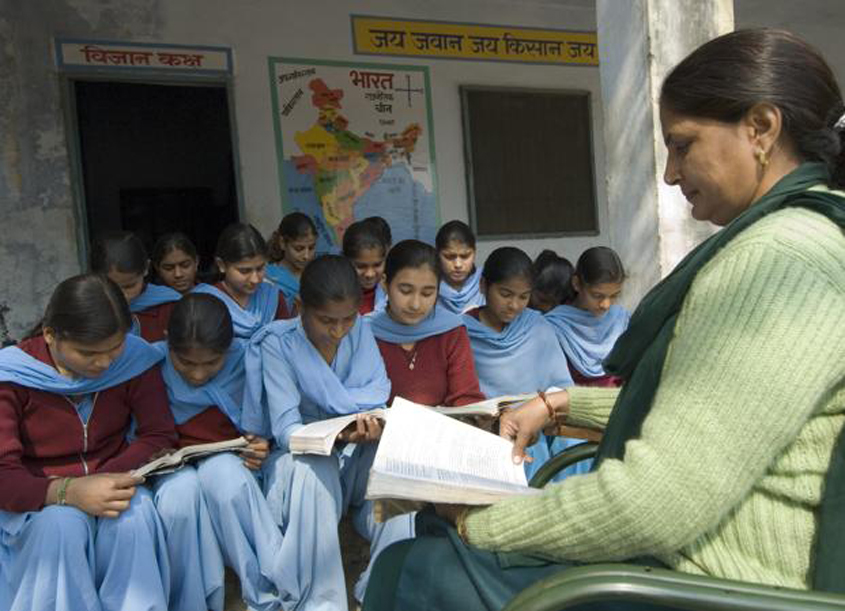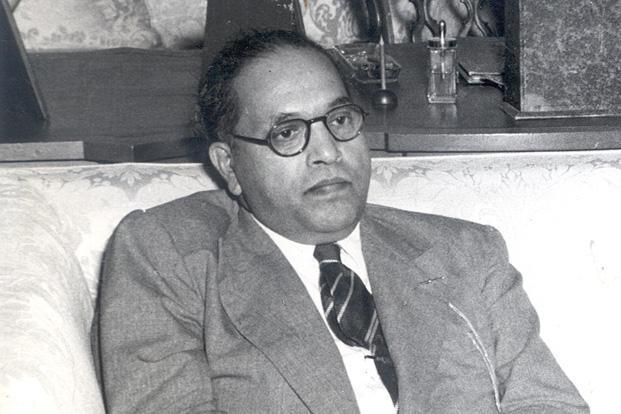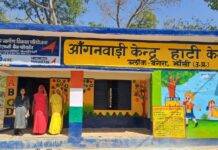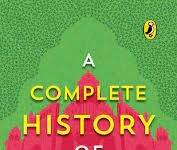For most of his life in public affairs Gandhi saw his work as being that of an educationist as well. From his formative years in South Africa onwards, he would talk of the importance of educating people so that they could live together in a more peaceful and truthful manner. He was actively thinking about pedagogy and experimenting with it right from his early years in South Africa. He homeschooled his children and set up a school in his Phoenix Farm. Indeed the setting up of Phoenix Farm was itself a vast educational endeavour. He hoped that a transformation could be achieved in people’s basic orientations by living together and sharing the labour of farming and collectively putting in efforts to print a periodical. All through his life he continued to believe in the educational impact of such experiences. When he later set up Sabarmati Ashram he was not just creating a new political headquarter, but also a site that would educate, cleanse and change a new generation of Congress workers.
Gandhi’s Pedagogic Principles
Education for Gandhi was done through living in a particular way, not by studying books alone. This included living a frugal life, working shoulder to shoulder with the poor and struggling to change their culture and to organize them. It has rightly been pointed out by many that the Gandhian approach to education was one of action and not one of bookish study. This is exemplified in his keeping vocational activities, particularly the making of handicrafts, at the centre of the school curriculum in Nai Talim. Children would learn to spin and weave, do carpentry and so on and through that would learn arithmetic, science, geography and so on. Often Gandhi is misunderstood as intending to teach children only vocational skills. That was not his aim. For him teaching of handicrafts had larger pedagogic and educational benefits. Teaching handicrafts helped in teaching many other school knowledges as well. He believed that when there was a practical engagement by children with something, they were more interested in the history, geography, arithmetic, etc. associated with it and learned all these in a much better way. Teaching these subjects by themselves was what he considered “idle” knowledge since they never got to contribute to one’s actual life. He came to believe that instead they should be connected with active engagements with the world so that they became meaningful for children. Learning them would become a way of engaging with everyday life.
The pedagogic principles which Gandhi was following were close to what John Dewey and other educational philosophers had articulated. Dewey, for instance, held that learning amongst children occurred when they were struggling to make sense of things. This happened when they were interacting with the world around them and trying to adapt themselves to it or adapt it to themselves. This was also the core of Karl Marx’s understanding of being human. Humans were essentially active beings who were always trying to interact with their environment and adapt to it. Their human essence got suppressed when they were faced by a hard and unyielding environment, such as an exploitative workplace or a textbook that they found no connection with. That was when alienation and dehumanization occurred. For Gandhi one reason to use handicrafts in education was to give children an opportunity to feel active and alive.
Goals of Education
For many people today who talk about child-centred education, having an active child is where their imagination of education ends. Not so for Gandhi. For him the goals of education were much larger. Education provided us the means to make love and non-violence the central pillars of our lives. These could not be taught as abstract ideas. They had to be learned in a concrete way, through doing things which expanded the place of compassion and non-violence in our everyday life. Learning to make handicrafts was for him an ideal way of learning these values. He was able to see the connection between making thread and cloth and tilting against larger forces of violence and oppression in society. He believed that colonialism and contemporary industrialization were sources of great violence and crushed the human element in us. Withdrawing from the economic relations of colonial rule and creating alternate economic relations was a way of living and promoting love and non-violence. These were the pathways to truth.
Education was supposed to lead us to swaraj. This has often been interpreted as just the departure of the British. Gandhi was emphatic that such a meaning was too narrow and superficial. For him swaraj was self-rule at the innermost level. When children and adults were dependent upon others for ideas and direction, they were still under the rule of others. Swaraj had to be a self-rule where individuals were able to make their own decisions, without being coerced by hidden social structures. One of the important goals of education was to lead children into such a swaraj. This meant understanding their own passions and not allowing them to rule the self. Children should learn to master themselves and be able to live in a way that aspired towards truth. Several others have also said similar things, but they would see the struggle towards truth as a purely inner struggle. Typical of Gandhi, this was a struggle that had to be against the social conditions that hindered truth, too – against colonial rule, caste and social inequality – because all of these enslaved us in various ways and prevented us from doing what was correct and truthful. The departure of the colonial rulers was important not because they were foreigners, but because their presence kept us emotionally and intellectually enslaved and bound to untruths.
The struggle for education had to be merged with a struggle for justice. One learned not just for one’s personal growth but for creating greater conditions of justice and fairness in the world. The exploitation of poor tenants by landlords, the humiliation of the weak by the powerful, all these led to violence. They were done by using untruths and coercion. If education was about truth and non-violence, these had to be opposed. This also necessarily meant that education had to teach courage and moderation. Without these no struggle against towering oppressors could be successful. Courage because untruths prevailed when we were too scared to speak out. Moderation because if we just wanted to have fun and a good time, we would be easy to tempt and coopt. In this, too, teachers had to teach by example and not just by words. As Gandhi himself said at many times, his life was his message, not his words alone. Teachers had to live a life of simplicity and courage, standing up against the ways in which the world twists our arms to make us conform to what the powerful want us to do.
Freedom from Power Structures
The school, Gandhi was sharply aware, did not exist in a vacuum. It was part of a larger social system and was vulnerable to pressures from it. He was especially reluctant to have an oppressive state keep control of the school. He believed education should be freed from the agendas and desires of the colonial state. To do this, apart from the freedom of ideas, there was also needed the freedom that came from having independent resources. If the school was materially dependent upon British rulers for its sustenance it could not very well speak up against them. Combining work with education was valuable for this reason too. He calculated that as children learned to work with their hands in fields and workshops it would be possible for the school to raise its own money for survival. With committed and frugal teachers the school would then be free to choose what was right for its curriculum, rather than what the British dictated. An education for truth had to always be aware that social systems of power would tend to corrupt it. It had to guard against the many ways in which power corroded our principles and the autonomy which came from being frugal was a way of protecting oneself from this.
What Such a Pedagogy Means for us Today
Many of Gandhi’s ideas on education ring true even today. We may not always agree with all he did, his coercing Ambedkar to sign the Poona pact, for instance, was an act that is suspect in many eyes. His conceptualization of ideas like truth may be not fully acceptable to contemporary sociology and philosophy of knowledge. And yet, we have in him a pedagogue with a rare vision. C. Wright Mills once wrote that all great literature and social science has what he called a “sociological imagination” – the ability to see individuals in the context of their social structure and their history. Gandhi had that kind of vision of education. It was not an individualist vision, it did not say that education is only about the cultivation of the self. Instead education had to aim at changing social conditions so that truthfulness could find space for itself. It was not a status quoist vision, it did not ask children to adapt to the market conditions and learn whatever, just anything, which was needed to get a job. Instead it sought to create alternative economic and social realities where children could grow into full human beings. Gandhi warns us that education’s goals can be corrupted by many forms of power. In today’s times consumerism tempts us to go to a life of the passions rather than truthfulness. In search of that salary which will permit us to buy the latest mobile phone every year we are willing to submit to oppressive work conditions and even become part of the oppression of others. Gandhi’s educational theory and practice was one of remarkable breadth, connecting up politics, economics and sociology with education. He combines these to remind us that it is indeed possible to seek swaraj through a courageous pursuit of truth and compassion.
Professor Amman Madan teaches at Azim Premji University, Bangalore, India.

